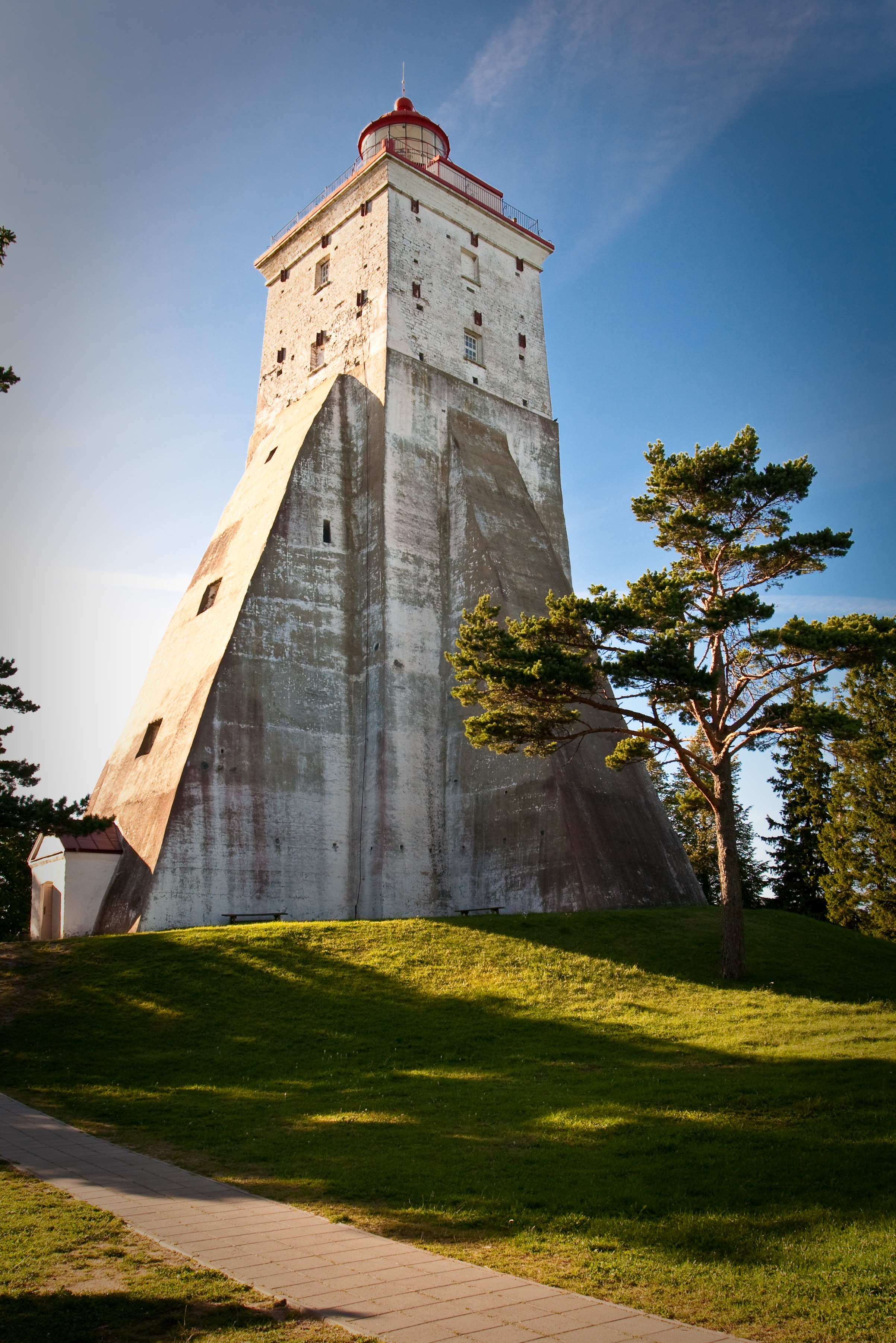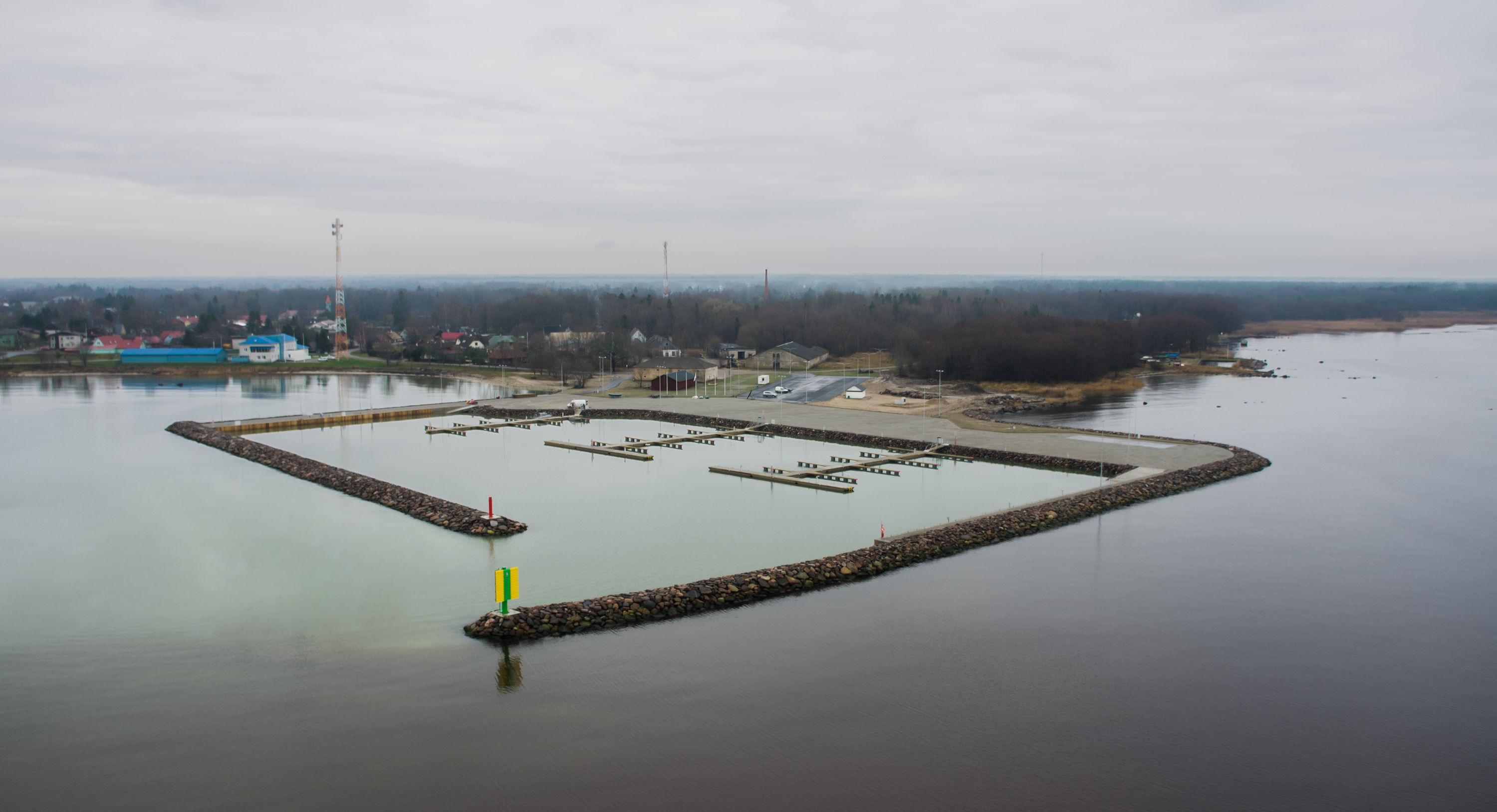|
Suursadam
Suursadam ('Big harbour'), or Suursadam Harbour, is a harbour on the Estonian island of Hiiumaa, near Kärdla. Formerly, it was the most important harbour on Hiiumaa. In the Middle Ages, lime was burned and ships were built there. Lime was an important export article. In 1848 a famous ship, the barque '' Hioma'', was built there. This ship, which was sailed even on the seas of the Southern Hemisphere, belonged to the Baltic German Baltic Germans (german: Deutsch-Balten or , later ) were ethnic German inhabitants of the eastern shores of the Baltic Sea, in what today are Estonia and Latvia. Since their coerced resettlement in 1939, Baltic Germans have markedly declined ... nobleman . References External links {{Coord, 58, 58, 35, N, 22, 54, 30, E, display=title, region:EE_type:waterbody Hiiumaa Parish Ports and harbours of Estonia ... [...More Info...] [...Related Items...] OR: [Wikipedia] [Google] [Baidu] |
Harbour
A harbor (American English), harbour (British English; see spelling differences), or haven is a sheltered body of water where ships, boats, and barges can be docked. The term ''harbor'' is often used interchangeably with ''port'', which is a man-made facility built for loading and unloading vessels and dropping off and picking up passengers. Ports usually include one or more harbors. Alexandria Port in Egypt is an example of a port with two harbors. Harbors may be natural or artificial. An artificial harbor can have deliberately constructed breakwaters, sea walls, or jettys or they can be constructed by dredging, which requires maintenance by further periodic dredging. An example of an artificial harbor is Long Beach Harbor, California, United States, which was an array of salt marshes and tidal flats too shallow for modern merchant ships before it was first dredged in the early 20th century. In contrast, a natural harbor is surrounded on several sides of land. Example ... [...More Info...] [...Related Items...] OR: [Wikipedia] [Google] [Baidu] |
Hiiumaa
Hiiumaa (, ) is the second largest island in Estonia and is part of the West Estonian archipelago, in the Baltic Sea. It has an area of 989 km2 and is 22 km from the Estonian mainland. Its largest town is Kärdla. It is located within Hiiu County. Names Hiiumaa is the main island of Hiiu County, called or in Estonian. The Swedish and German name of the island is or ('Day' island) and in Danish. In modern Finnish, it is called , literally ' Hiisi's Land'. In Russian it is known as (). In Old Gutnish, it was ('day isthmus'), from which the local North Germanic name is derived. History Prehistory Hiiumaa emerged from the Baltic Sea 8500 years ago due to isostatic uplift after the retreat of the ice cap. Mesolithic settlements are found on the island's Kõpu Peninsula from about 5500 BC. These settlements seem to be related mostly to seal hunting and extend into the earliest Neolithic. As Hiiumaa is constantly uplifting the local sea level was 20 ... [...More Info...] [...Related Items...] OR: [Wikipedia] [Google] [Baidu] |
Kärdla
Kärdla (; sv, ; german: Kertel) is the only town on the island of Hiiumaa, Estonia. It is the capital of Hiiu County and the administrative center of Hiiumaa Parish. Geography Kärdla is located on the northeastern coast of Hiiumaa, by the Tareste Bay; to the southeast of the town lies the 455 million year old Kärdla meteorite crater. Several small rivers flow through the town. There are also artesian wells in Kärdla. The Swedish name ''Kärrdal'' means "marsh valley"; the town is located in a lowlands valley. History Kärdla was first mentioned in 1564 as a village inhabited by Swedes. Its growth was greatly influenced by the cloth factory founded in 1830. A port was built in 1849. Both the port and the factory were destroyed in World War II. Kärdla officially became a borough in 1920, and a town in 1938. In 2013 the town was merged with Kõrgessaare Parish to establish Hiiumaa Parish, therefore Kärdla lost its municipality status. Population Transport Road tra ... [...More Info...] [...Related Items...] OR: [Wikipedia] [Google] [Baidu] |
Varrak
Varrak is an Estonian book publishing company founded in 1991, which quickly grew to one of the most popular book publishers in Estonia. It publishes both Estonian and translated works, including children's books, biographies, fiction and history books. The company is named after a character in the Estonian epic poem ''Kalevipoeg''. History Varrak was founded in 1991 by Priit and Maret Maide. They had 1000 rubles, which could buy 1.5–2 tons of paper. She wanted to try to run a book publishing company, knowing that they had nothing to lose on the money. Maret had two works – a book about cocktails compiled by her, and her translation of William Somerset Maugham's '' The Painted Veil'',Varrak / Kirjastusest (Estonian, retrieved 2009-11-1) which is now published by Estonian publisher Canopus, [...More Info...] [...Related Items...] OR: [Wikipedia] [Google] [Baidu] |
Middle Ages
In the history of Europe, the Middle Ages or medieval period lasted approximately from the late 5th to the late 15th centuries, similar to the post-classical period of global history. It began with the fall of the Western Roman Empire and transitioned into the Renaissance and the Age of Discovery. The Middle Ages is the middle period of the three traditional divisions of Western history: classical antiquity, the medieval period, and the modern period. The medieval period is itself subdivided into the Early Early may refer to: History * The beginning or oldest part of a defined historical period, as opposed to middle or late periods, e.g.: ** Early Christianity ** Early modern Europe Places in the United States * Early, Iowa * Early, Texas * Early ..., High Middle Ages, High, and Late Middle Ages. Population decline, counterurbanisation, the collapse of centralized authority, invasions, and mass migrations of tribes, which had begun in late antiquity, continued i ... [...More Info...] [...Related Items...] OR: [Wikipedia] [Google] [Baidu] |
Lime (material)
Lime is a calcium-containing inorganic material composed primarily of oxides and hydroxide, usually calcium oxide and/or calcium hydroxide. It is also the name for calcium oxide which occurs as a product of coal-seam fires and in altered limestone xenoliths in volcanic ejecta. The International Mineralogical Association recognizes lime as a mineral with the chemical formula of CaO. The word ''lime'' originates with its earliest use as building mortar and has the sense of ''sticking or adhering''. These materials are still used in large quantities as building and engineering materials (including limestone products, cement, concrete, and mortar), as chemical feedstocks, and for sugar refining, among other uses. Lime industries and the use of many of the resulting products date from prehistoric times in both the Old World and the New World. Lime is used extensively for wastewater treatment with ferrous sulfate. The rocks and minerals from which these materials are derived, ty ... [...More Info...] [...Related Items...] OR: [Wikipedia] [Google] [Baidu] |
Barque
A barque, barc, or bark is a type of sailing vessel with three or more masts having the fore- and mainmasts rigged square and only the mizzen (the aftmost mast) rigged fore and aft. Sometimes, the mizzen is only partly fore-and-aft rigged, bearing a square-rigged sail above. Etymology The word "barque" entered English via the French term, which in turn came from the Latin ''barca'' by way of Occitan, Catalan, Spanish, or Italian. The Latin ''barca'' may stem from Celtic ''barc'' (per Thurneysen) or Greek ''baris'' (per Diez), a term for an Egyptian boat. The ''Oxford English Dictionary'', however, considers the latter improbable. The word ''barc'' appears to have come from Celtic languages. The form adopted by English, perhaps from Irish, was "bark", while that adopted by Latin as ''barca'' very early, which gave rise to the French ''barge'' and ''barque''. In Latin, Spanish, and Italian, the term ''barca'' refers to a small boat, not a full-sized ship. French infl ... [...More Info...] [...Related Items...] OR: [Wikipedia] [Google] [Baidu] |
Baltic Germans
Baltic Germans (german: Deutsch-Balten or , later ) were Germans, ethnic German inhabitants of the eastern shores of the Baltic Sea, in what today are Estonia and Latvia. Since their coerced resettlement in 1939, Baltic Germans have markedly declined as a geographically determined ethnic groups in Europe, ethnic group. However, it is estimated that several thousand people with some form of (Baltic) German ethnic identity, identity still reside in Latvia and Estonia. Since the Middle Ages, native German-speakers formed the majority of merchants and clergy, and the large majority of the Baltic nobility, local landowning nobility who effectively constituted a ruling class over indigenous Latvians, Latvian and Estonians, Estonian non-nobles. By the time a distinct Baltic German ethnic identity began emerging in the 19th century, the majority of self-identifying Baltic Germans were non-nobles belonging mostly to the urban and professional middle class. In the 12th and 13th centuri ... [...More Info...] [...Related Items...] OR: [Wikipedia] [Google] [Baidu] |
Hiiumaa Parish
Hiiumaa Parish ( Estonian: ''Hiiumaa vald'') is a rural municipality of Estonia on the island of Hiiumaa. Hiiumaa Parish was established by merging Emmaste Parish, Hiiu Parish, Käina Parish and Pühalepa Parish after the municipal elections held on 15 October 2017. Kärdla is the administrative center of the municipality. The current mayor (''vallavanem'') is Hergo Tasuja. The municipalities of Emmaste and Pühalepa contested their forced merger with Hiiu and Käina to form the new Hiiumaa municipality, which includes the whole island and what is Hiiu County. Settlements There is one town, Kärdla, two small boroughs (''alevik''): Käina and Kõrgessaare, and 182 villages in Hiiumaa Parish: * Aadma * Ala * Allika * Aruküla * Emmaste * Emmaste-Kurisu * Emmaste-Selja * Esiküla * Hagaste * Haldi * Haldreka * Harju * Hausma * Heigi * Heiste * Heistesoo * Hellamaa * Heltermaa * Hiiessaare * Hilleste * Hindu * Hirmuste * Härma * Hü ... [...More Info...] [...Related Items...] OR: [Wikipedia] [Google] [Baidu] |






